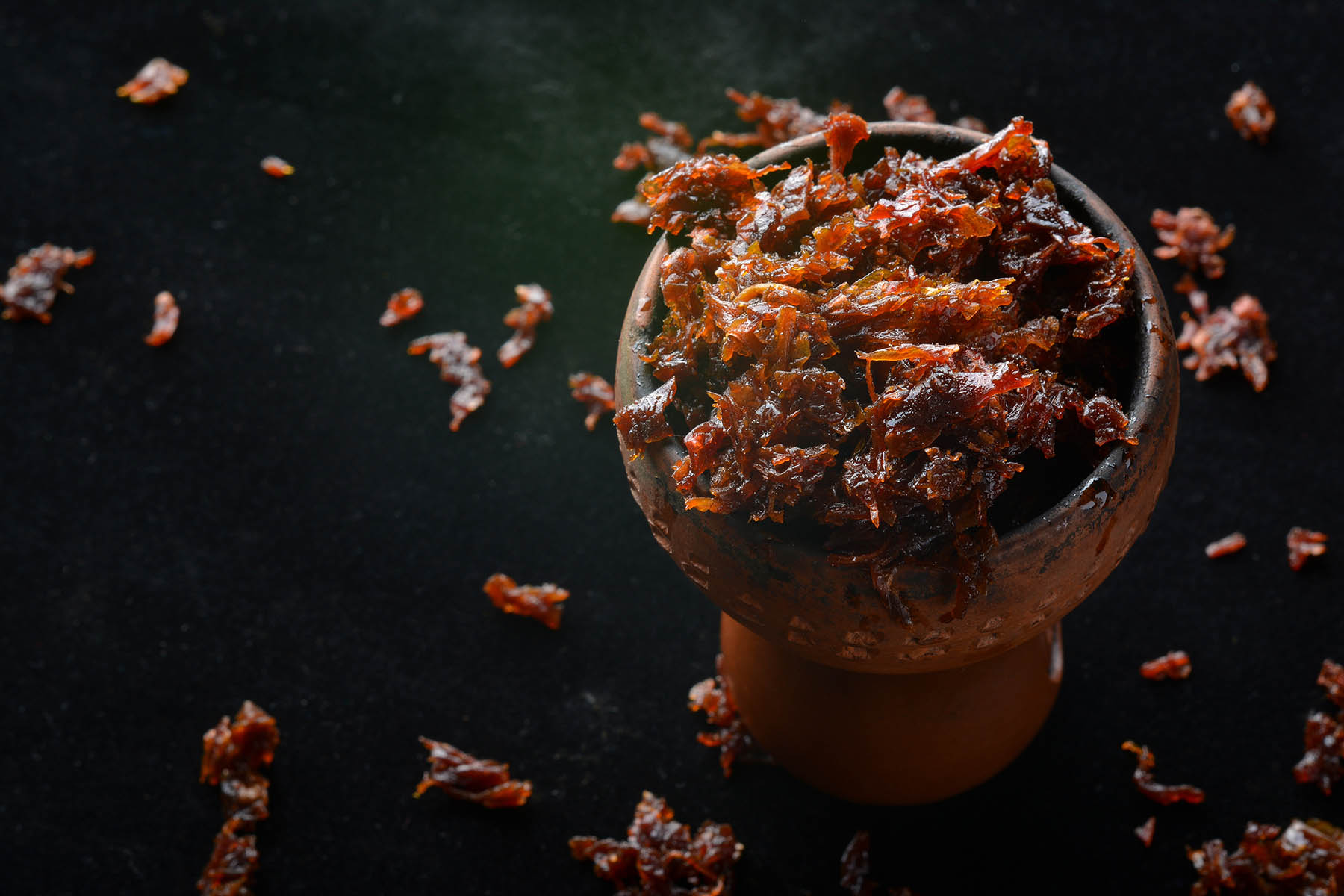The Origins: Ancient Tobacco Traditions in Anatolia
Anatolia, the heartland of modern-day Turkey, boasts a rich history intertwined with the cultivation and appreciation of tobacco. As early as the 15th century, the region was introduced to tobacco, and it wasn’t long before unique blends, distinct to the Anatolian soils, emerged.
The Ottoman Era: Rise of the Turkish Blend
During the Ottoman Empire’s reign, tobacco became an integral part of daily life. Coffeehouses, which were social hubs, often saw patrons enjoying tobacco alongside their beverages. The Turkish Blend, known for its aromatic and mellow characteristics, gained popularity. Its unique flavor profile, derived from the sun-cured method used in the region, set it apart from other global blends.
The Global Stage: Turkish Tobacco Meets the World
By the 19th century, Turkish Blend Tobacco had caught the attention of the global market. Its aromatic nature made it a prime choice for cigarette blends, especially in Europe. It wasn’t uncommon to find “Turkish cigarettes” being marketed as exotic and luxurious smoking options.
The 20th Century: A Dip in Popularity
With the advent of the 20th century and the rise of mass-produced cigarettes, the unique attributes of the Turkish Blend were often overshadowed by more commercial tobacco blends. The blend’s subtlety and nuanced flavors were often lost in the commercial noise, leading to a decrease in its global prominence.
The Modern Revival: A Return to Roots
The 21st century saw a resurgence in the appreciation of artisanal and traditional products. As smokers became more discerning and sought authentic experiences, the Turkish Blend experienced a revival. The blend’s nuanced flavors, which include notes of earth, fruit, and a slight tanginess, became highly sought after by those looking for an authentic smoking experience.
The Production Process: Sun-Cured Distinction
One of the distinguishing factors of Turkish Blend Tobacco is its sun-cured processing. Instead of relying on artificial methods, the tobacco leaves are naturally dried under the sun. This method imparts a unique flavor profile to the leaves, emphasizing their natural sweetness and reducing their nicotine content.
Turkish Blend Today: A Blend of Tradition and Modernity
Modern Turkish Blend Tobacco seamlessly melds tradition with contemporary tastes. While the age-old cultivation and curing methods are still revered, innovative blending techniques ensure that the tobacco caters to modern palates. Whether enjoyed pure or as a part of a blend, the Turkish tobacco offers a smooth and aromatic smoking experience.
The Cultural Significance: More Than Just a Smoke
For many, Turkish Blend Tobacco is not just a smoking product but a link to history, culture, and tradition. From its ancient origins to its global journey and contemporary revival, the blend carries with it stories of empires, trade routes, and cultural exchanges.
In conclusion, the Turkish Blend Tobacco’s journey through time is a testament to its enduring appeal. Its rich history, combined with its unique flavors, ensures that it remains a beloved choice for smokers worldwide. As it continues to evolve, one thing remains certain: its legacy as a blend that transcends time.






